Opiate Withdrawal Remedies
Opium poppy plant contains alkaloids called opioids which people refer to as “opiate”. Oxycontin, Vicodin, morphine, and even heroin can be a part of opiates. Lots of health centers agree that opiates are strongly addictive and that it is not easy to withdraw. Inconveniences like nausea, diarrhea, and sweating are only some of the symptoms of physical withdrawal.
Mental withdrawal includes symptoms as depression, anxiety, insomnia, and restlessness. It is usually because of these mental withdrawal symptoms that people go back to opiate consumption.
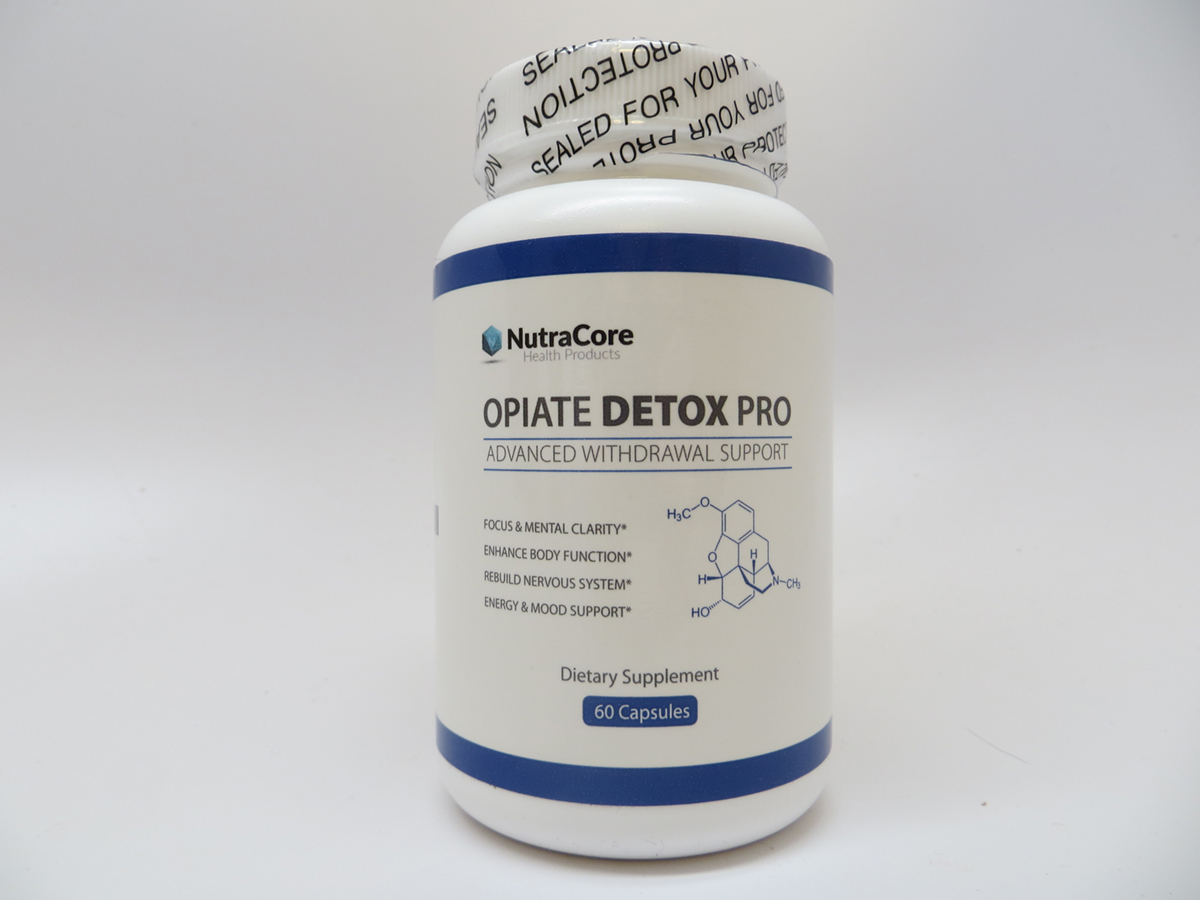
Home Remedies and Holistic Care
When a person decides to quit using opiates, he or she should expect to feel like having the stomach flu for 7 days. A person should also decide whether he or she wants to stop using it quickly or taper off.
Buying anti-diarrhea, anti-nausea, and muscle-ache medications is a good tip for someone who is about to quit. The holistic route can be taken as well. Passionflower, ginger, and valerian root are taken in that case. Some studies have proved that 60 drops of passionflower extract will lessen the discomfort caused by opiate withdrawal. Other research has shown that ginger helps with nausea and vomiting, while the usage of valerian will make a person sleep better.
There is one prescribed drug called Buprenorphine that is said to relieve the withdrawal symptoms. This drug is good because it has similar effects to those of opiates and therefore makes the process of withdrawal much easier.
A person is most likely to be induced with the drug in the doctor's office, and it is usually Suboxone or Subutex that is given to him or her on the first day. After that, the medication is then administered at home via tablet or even a patch. The dosage is between 8 and 16 mg per day but the addiction will decide what the dosage will be. It will also decide for how long a person will receive this medication.
If a person wants to get off the opiates quickly there are treatment programs. While the patient is under anesthesia he or she is given opiate-blocking drugs. However, a person must do this at the hospital because there have been some reports of death cases when the treatment has been done outside the hospital.
Other Remedies
If a person experiences nausea or diarrhea, doctors say that the use of ginger will help. Apart from ginger, lemon balm can also help.
Chamomile tea is used when a person is feeling nervous and anxious. Green tea and valerian tea are known to be of help as well.
A person who suffers from insomnia is also advised to drink chamomile tea. Passionflower and valerian are said to be good for those who are having trouble with sleeping.
- For patients with CNCP taking long-term prescription opioids, opioid withdrawal is a major obstacle to successfully decreasing opioid dose or discontinuing opioid therapy altogether. Further, managing opioid withdrawal is also relevant for the treatment of opioid use disorder.
- Withdrawal treatment is usually the first step in stabilising patients with opioid use disorder onto MOUD. Additionally, when patients transition from methadone to buprenorphine, a taper is usually necessary, and emergent withdrawal symptoms often complicate this transition.
- Regarding extended-release naltrexone, practice guidelines dictate that the patient must be abstinent for 7–10 days before receiving the medication, which is administered intramuscularly, and studies have shown that this time gap is a strong driver of both failure to initiate treatment and relapse, largely because of the withdrawal discomfort patients can experience.
- Withdrawal from a substance is characterised in the Diagnostic and Statistical Manual for Mental Disorders, 5th edition (DSM-5), as “the substance-specific problematic behavioral change, with physiologic and cognitive components, that is due to the cessation of, or reduction in, heavy and prolonged substance use” and in the International Classification of Diseases, 10th edition, as “a group of symptoms of variable clustering and severity occurring on absolute or relative withdrawal of a psycho-active substance after persistent use of that substance”.
- Pharmacotherapeutic agents aimed at treating opioid withdrawal target the underlying, pathophysiological mechanisms of the syndrome. The euphoric effect of opioids is principally mediated through the binding of the drug to the ?-opioid receptor.
- Opioid dose changes during treatment of CNCP is another situation in which the treatment of opioid withdrawal is relevant. In the USA, according to guidelines from the Centers for Disease Control and Prevention, and the Departments of Health and Human Services, Veteran Affairs, and Defense, in most instances, opioid analgesic treatment is most appropriate for acute, rather than chronic, pain.



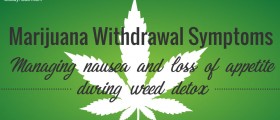






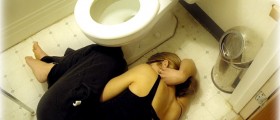

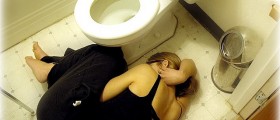
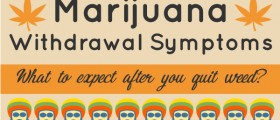

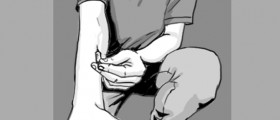
Your thoughts on this
Loading...